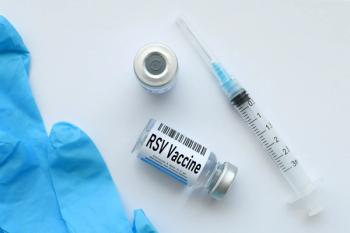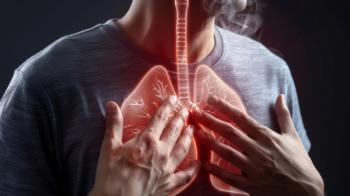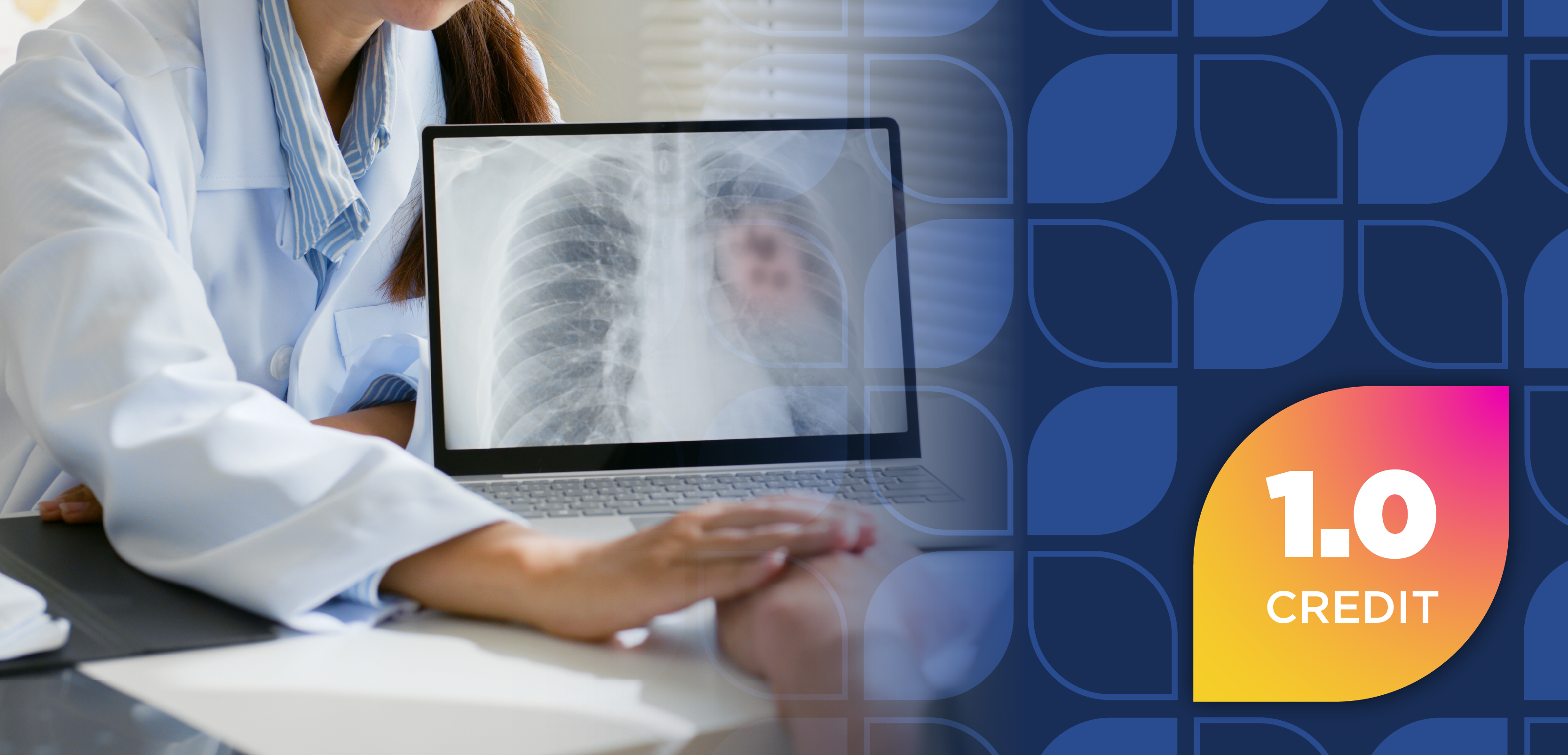Case 1: Headache Pain
Q: AS, a 44-year-old man, presents to the pharmacy with a headache that has been bothering him for the past few hours. He describes the pain as a throbbing pressure on his forehead, rating it 3 out of 10 in severity. He has no history of migraines and occasionally experiences tension headaches, but it has been over a year since he last had a headache. He reports no nausea, vomiting, sensitivity to light, or changes in vision. AS reports that he has not been sleeping well lately due to work stress, and he has recently decreased his salt and caffeine intake due to elevated blood pressure. Since making this change, his blood pressure has been approximately 115/70 mm Hg to 120/70 mm Hg. He is currently taking a multivitamin and dabigatran 150 mg twice daily because of a recent deep vein thrombosis, but he says he only has to take this for 1 more month. What recommendations do you have for AS?
A: Based on AS’s answers to the questions about his headache, it can be determined that AS has a tension headache that may be secondary to his decrease in caffeine intake, increased stress, and insufficient sleep. The primary therapeutic goal for AS at this time is to alleviate the pain, and his overall goal is to address the risk factors that may contribute to future headaches. Options for OTC treatment include acetaminophen and nonsteroidal anti-inflammatory drugs (NSAIDs), such as ibuprofen and naproxen. Because AS does not have any contraindications to self-treatment but does have a potential drug-drug interaction with NSAIDs and dabigatran, acetaminophen is his optimal choice.
AS can be advised to take acetaminophen 500 mg every 4 to 6 hours, with a maximum of 4000 mg in 24 hours as needed. He should expect to experience pain relief approximately 30 minutes after the first dose. In addition, it is important to discuss how he is addressing the stressors in his life, ensuring proper hydration, and increasing sleep duration and quality. If his symptoms worsen or concerning symptoms arise, he should be advised to seek medical attention.1,2
Case 2: Joint Pain
Q: MM, a 59-year-old woman, visits the pharmacy complaining of worsening joint pain in her right knee over the past few months. She reports difficulty walking and getting up from a seated position and is seeking a recommendation for pain relief. MM was diagnosed 2 years ago with osteoarthritis in both knees and is currently taking amlodipine 10 mg daily, atorvastatin 20 mg daily, and fluoxetine 20 mg daily. She occasionally uses acetaminophen 500 mg but finds that she is not getting adequate relief. What else can MM do or take before taking a prescription medication?
A: Although acetaminophen can be an option for the pain, she is taking a low dose. One option could be to increase the dose to 1000 mg every 4 to 6 hours or use the arthritis formulation and take 2 caplets every 8 hours. Considering her hypertension, a topical NSAID would be a first-line option. Additionally, MM should be advised to include moderate exercise in her routine as a nonpharmacologic option.3,4
Case 3: Back Pain
Q: DD is a 38-year-old man who visits the pharmacy complaining of lower back pain that has been persistent for the past week. He describes the pain as a dull ache that worsens after sitting for extended periods. He states he has had similar back pain in the past, but it has been a long time since he has experienced it. DD mentions that he recently started a new job that involves sitting more at a desk, which may be contributing to the discomfort. He has no significant medical history and takes no regular medications. DD is looking for advice on OTC options to manage the pain and prevent further discomfort while continuing with his new job.
A: DD’s lower back pain can be managed with both pharmacologic and nonpharmacologic strategies. For acute or subacute low back pain, nonpharmacologic treatments such as heat, massage, or acupuncture should be recommended alongside NSAIDs, such as ibuprofen or naproxen. OTC heat products include heating pads, wearable wraps, and hot water bottles.
Because DD does not have any contraindications to NSAIDs, DD can take an NSAID as needed. DD should be counseled to take the NSAID with food and advised of potential adverse effects such as gastrointestinal (GI) discomfort and increased risk of GI bleeding. Acetaminophen can also be used, as well as topical analgesics, such as menthol or capsaicin cream. If he uses topical analgesics, he should not use heat therapy at that time.5,6
Case 4: Gastrointestinal Pain
About the Authors
Rupal Patel Mansukhani, PharmD, FAPhA, NCTTP, is a clinical professor of pharmacy practice and administration at Ernest Mario School of Pharmacy at Rutgers, The State University of New Jersey, in Piscataway and a transitions-of-care clinical pharmacist at Morristown Medical Center in New Jersey.
Sneha Baxi Srivastava, PharmD, BCACP, CDCES, DipACLM, FADCES, is associate director of skills education at Rosalind Franklin University of Medicine and Science College of Pharmacy in North Chicago, Illinois. She is deeply passionate about embracing the pillars of lifestyle medicine, self-care, effective communication, and inclusivity to create lasting positive health and wellness outcomes.
Q: SA is a 30-year-old pregnant woman who comes to the pharmacy complaining of sharp, intermittent gas pain in her abdomen that has been occurring for the past 2 days. She describes the pain as bloating that occurs mostly after meals and sometimes before bed. She is not experiencing flatulence or other GI symptoms. Her diet has not recently changed, but she does report eating quicker meals while out more often lately. SA spoke to her obstetrician and was diagnosed with intestinal gas. SA is seeking advice on how to relieve the discomfort and prevent it from happening again.
A: Gas and bloating are common during pregnancy due to a multitude of reasons, including increased progesterone levels, slowed digestion, increased blood flow to the GI tract, pressure from the growing uterus, dietary changes, and reduced physical activity. There are both pharmacologic and nonpharmacologic approaches to help manage intestinal gas symptoms. Simethicone is considered safe during pregnancy and can help relieve bloating and gas by preventing the formation of gas pockets in the GI system. SA can take simethicone 40 mg to 125 mg up to 4 times daily, with no more than 500 mg daily. She should avoid other OTC or prescription medications without first consulting her obstetrician. Nonpharmacologic recommendations include dietary changes and ensuring adequate hydration.7-9
REFERENCES
1. Practice bulletin no. 152: emergency contraception. Obstet Gynecol. 2015;126(3):e1-e11. doi:10.1097/AOG.0000000000001047
3. Cleland K, Zhu H, Goldstuck N, Cheng L, Trussell J. The efficacy of intrauterine devices for emergency contraception: a systematic review of 35 years of experience. Hum Reprod. 2012;27(7):1994-2000. doi:10.1093/humrep/des140
5. Sobel JD. Vulvovaginal candidosis. Lancet. 2007;369(9577):1961-1971. doi:10.1016/S0140-6736(07)60917-9
6. Workowski KA, Bachmann LH, Chan PA, et al. Sexually transmitted infections treatment guidelines, 2021. MMWR Recomm Rep. 2021;70(4):1-187. doi:10.15585/mmwr.rr7004a1
7. Premenstrual syndrome (PMS). American College of Obstetricians and Gynecologists. Updated May 2021. Accessed April 15, 2025. https://www.acog.org/womens-health/faqs/premenstrual-syndrome
8. Proctor M, Farquhar C. Diagnosis and management of dysmenorrhoea. BMJ. 2006;332(7550):1134-1138. doi:10.1136/bmj.332.7550.1134
9. Bertone-Johnson ER, Hankinson SE, Bendich A, Johnson SR, Willett WC, Manson JE. Calcium and vitamin D intake and risk of incident premenstrual syndrome. Arch Intern Med. 2005;165(11):1246-1252. doi:10.1001/archinte.165.11.1246








































































































































































































